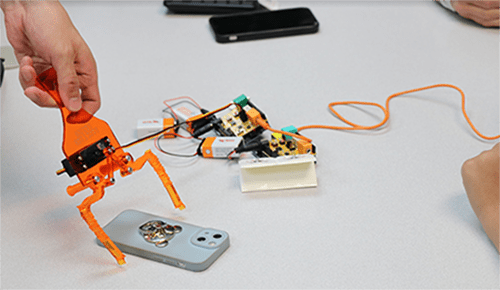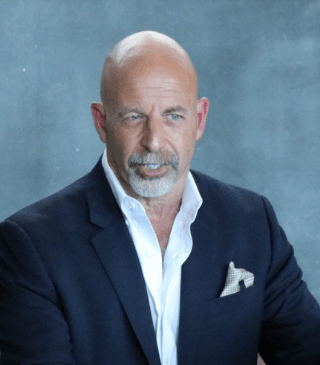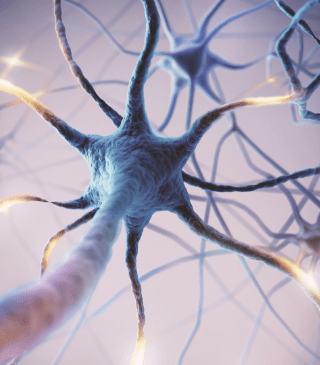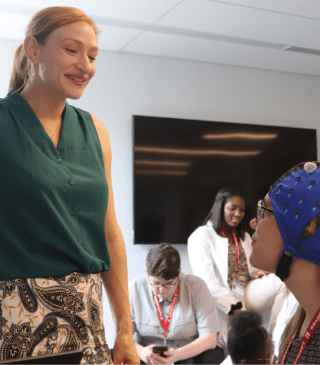

Collaborated with a group of the world’s premier scientists, professors, and professionals in the fields of neuroscience and neuroethics.
Synthesized new neuroscience knowledge into a research proposal for a cutting-edge neuroscience experiment.
Engaged in interactive activities with discussions about cognitive neuroscience and neuroethics in a cross-cultural setting through a biophysical lens.
Sheila Van-Nguyen
East Career and Technical Academy
Class of 2025


Learn more about Sheila here.


Sheila is excited to join the Advanced Medical & Public Health Internship and Advanced Medical Neuroscience Internship. She knows what big of an opportunity this is.
Sheila is a freshman, upcoming sophomore in the Sports Medicine Program attending East Career and Technical Academy. Sheila is a member of HOSA who attended SLC in 2022. In addition to HOSA, Sheila is a member of the Red Cross Club. Sheila loves to spend time with her family in her past time. Her hobbies include reading books, watching movies, and watching sports.
In the future, Sheila would love to attend Brown University in their BA/MD 8 year combined medical program. She would love to become an orthopedic surgeon who can help improve everyday lives of ordinary people.
Read more about Sheila's achievements here.


The Frontier of Neuroscience
Center for Functional and Molecular Imaging
The Center for Functional and Molecular Imaging (CFMI) at Georgetown is one of the world’s leading institutions with expertise in structural, functional, and brain imaging.
While visiting the CFMI, I met Dr. John VanMeter, Director of the Neuroimaging Corps at Georgetown University, who described to me the rationale, protocols, capabilities, and limitations of Functional Magnetic Resonance Imaging and tract tracing.
I not only learned about the science behind fMRI, but also had the opportunity to see the machine that possess a magnetic power of 30,000 times the strength of Earth’s magnetic field.
Neuromodulation
Neuromodulation is a technology that electrically stimulates nerves or chemically targets neurological sites to treat nearly any disease or symptom.
I specifically learned about the HALO device, an application of neuromodulation that provides external electrical stimulation through a helmet of electrodes. It is primarily used to improve cognitive function and wellbeing, like learning, memory, and performance.
To further demonstrate the applications of neuromodulation, we learned aboutelectrical stimulation, perception of stimuli, and free will in order to control cockroaches from an iPhone.






